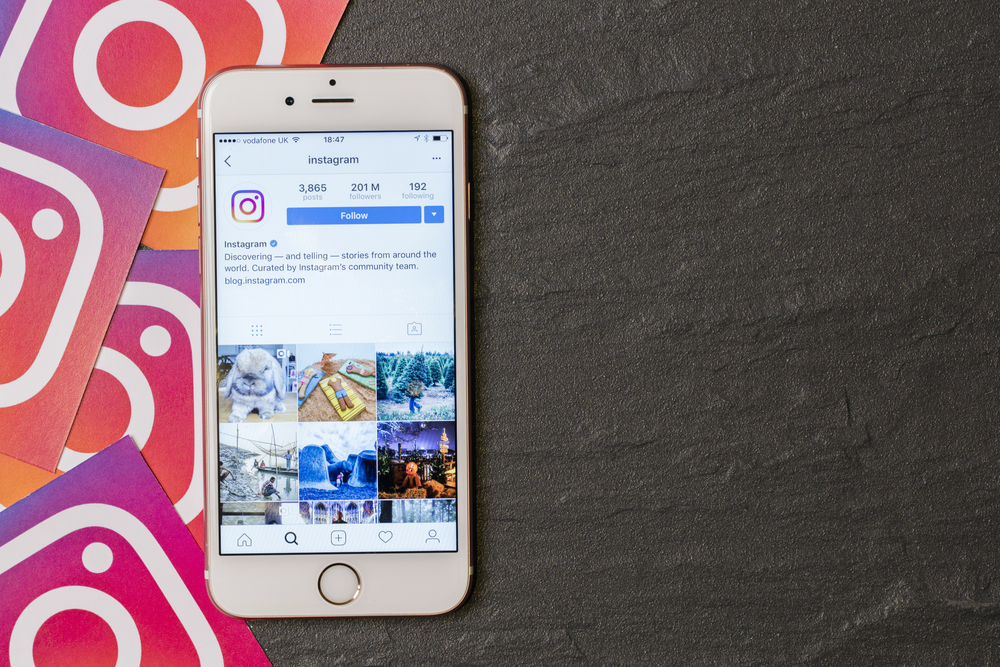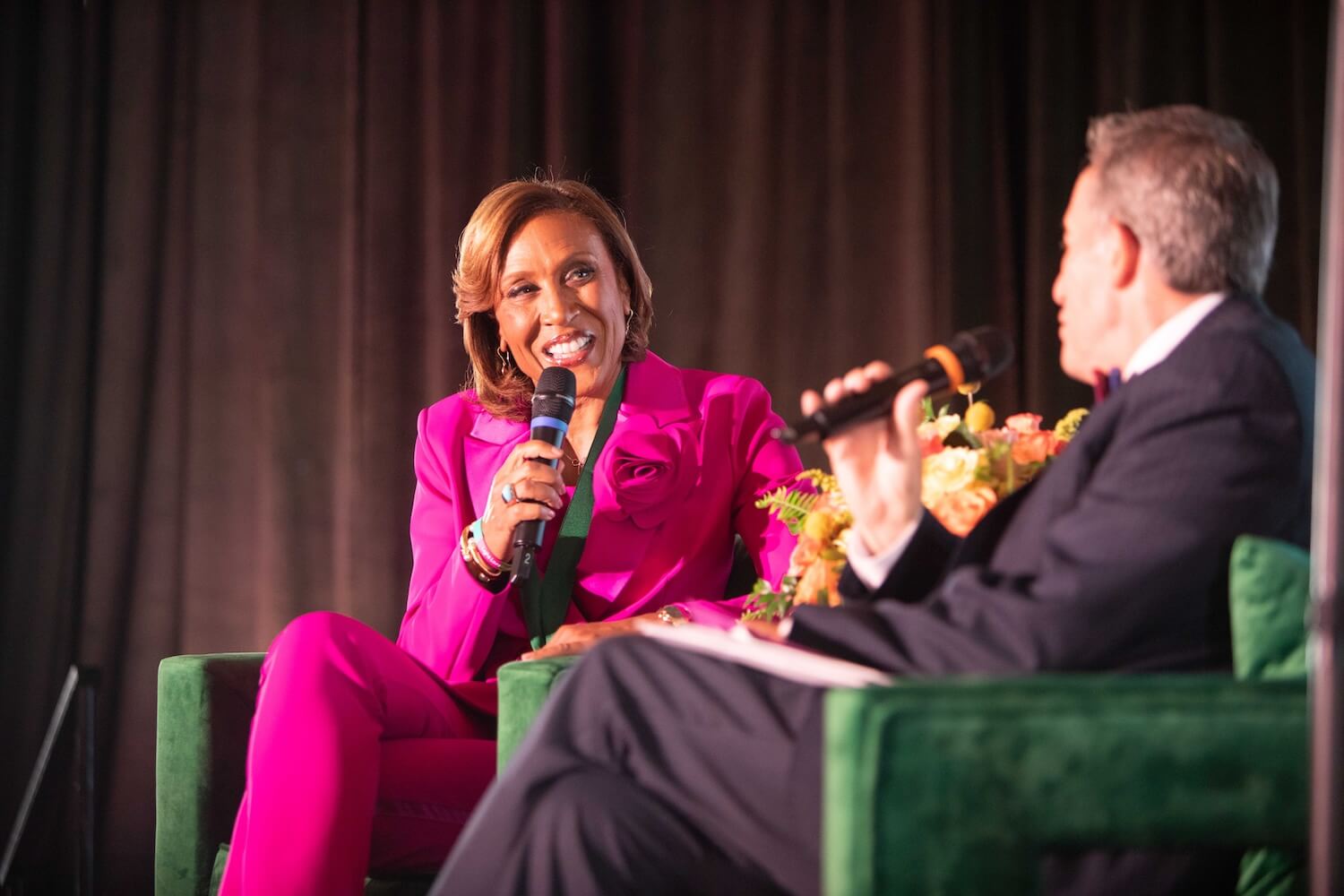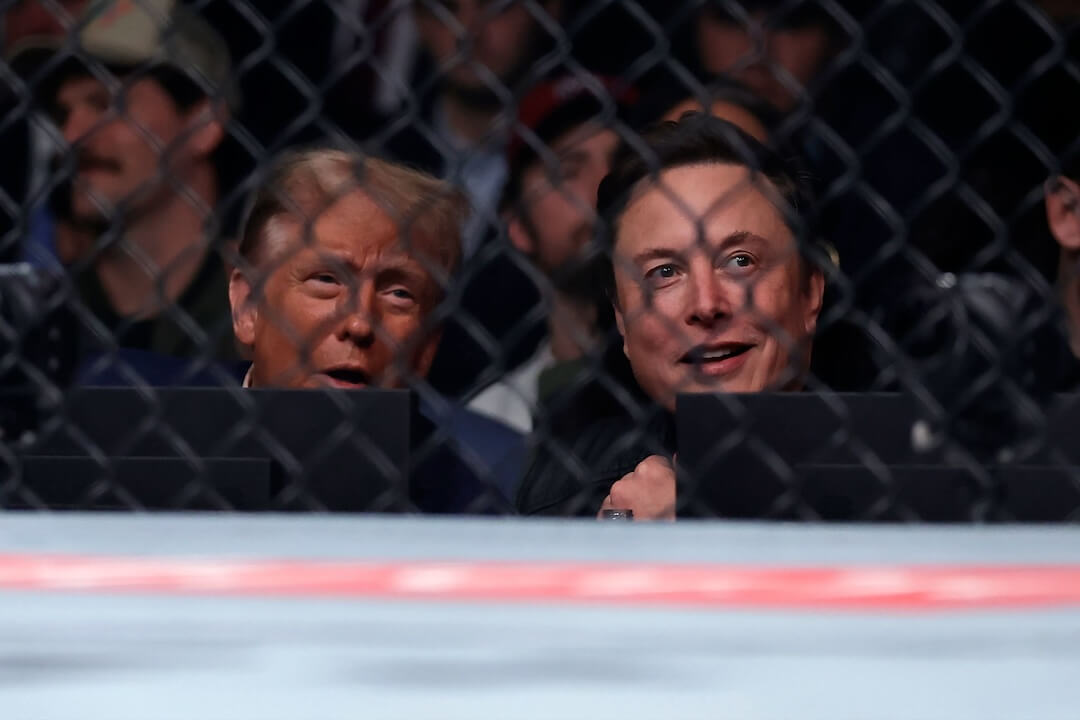In an expansion of Facebook’s partnership with fact-checking sites around the world, Instagram has started reducing the reach of false posts.
When one of Facebook’s fact-checking partners, of which there are now 52 in more than 30 countries, rates a link, image or video as false, its future reach in the News Feed is decreased and users are warned if they try to share it. That program launched in December 2016 to cut down on the spread of misinformation. (Disclosure: Being a signatory of Poynter’s International Fact-Checking Network code of principles is a necessary condition for joining the project.)
Now, in a test, Facebook-owned Instagram is taking those fact checks and applying them to the same false photos and memes on its platform.
“Our approach to misinformation is the same as Facebook’s — when we find misinfo, rather than remove it, we’ll reduce its distribution,” said Stephanie Otway, a spokeswoman for Instagram, in a phone interview. “We can use image recognition technology to find the same piece of content on Instagram and take automatic action.”
What does that action look like? Otway said Instagram will remove false posts from the Explore tab and its hashtag result pages. That way, it’s harder for users to find bogus images and memes unless they already follow an account that’s posting them.
That system has been in the works since the U.S. midterm election, when Instagram started working more closely with Facebook’s News Feed Integrity team, Otway said. For a social media app rife with bogus photos, conspiracy theories and straight-up disinformation — which some say is harder to quantify than on Facebook — that’s big.
But there’s still plenty of misinformation on Instagram that never makes it onto Facebook. So the former company is making it easier for the latter’s fact-checking partners to find and debunk platform-specific hoaxes.
Starting this week, Instagram is sending potentially false posts to the same dashboard that Facebook’s fact-checking partners use to sift through misinformation, Otway said. That way, fact-checkers will have the chance to select, debunk and thereby limit the spread of Instagram-specific hoaxes without changing their workflows.
In addition to testing out fact checks, Instagram is exploring adding misinformation education features to the platform, such as a pop-up that appears when people search for anti-vaccine misinformation, which has plagued Facebook over the past few months.
After Facebook, Instagram is the third tech platform to use fact-checkers to tamp down the spread of misinformation. YouTube announced in March that it had started surfacing in search results fact checks from outlets using the Schema.org ClaimReview markup code on its websites. Meanwhile, Twitter has taken arguably the least action against misinformation.
For fact-checkers, expanding debunking work to Instagram is a promising move.
“Instagram is a place where a lot of people, particularly young people, get their news. And we know it’s a space where misinformation can live,” said Aaron Sharockman, executive director of (Poynter-owned) PolitiFact, in a message. “So it only makes sense that Facebook would expand its work with fact-checkers into this new space. It’s definitely a good step.”
Still, there are some limitations to the project.
Sharockman said that, while Facebook owns Instagram, misinformation operates very differently on each platform. The formats and means of virality aren’t the same, and Instagram lends itself far less to news content since hyperlinks don’t work in captions or comments. So for PolitiFact, the immediate impact of fact-checking on the platform is uncertain.
Then there’s the question of labeling false posts. Otway said Instagram isn’t labeling photos that have been debunked or warning users who try to like or comment on them.
For Tai Nalon, that’s a problem — one that could potentially be solved in future iterations of the feature.
“We all know any kind of images and pictures are a main driver of misinformation in any platform,” said the director of Aos Fatos, a Brazilian fact-checking site that partners with Facebook. “Alerting those who share (false posts) like they do on Facebook would be best. But perhaps it is only the beginning of their actions there, I suppose.”
“Even though there are plenty of problems regarding misinformation inside Facebook’s many platforms, they are still the ones who are taking the combat of misinformation more seriously.”
Clarification: Instagram’s use of fact checks to reduce the reach of false posts is in its testing phase.
In the past year, Facebook has quadrupled its fact-checking partners







